The term ‘weed’ is used explicitly in the field of agriculture because weeds are common problems across the world. There are different kinds of weeds that are found season by season. Weeds are those plants that are categorized as unnecessary in the field. The interesting thing is that from the definition point of view few plants of wheat in the field of rice will be considered as weed plants due to lack of interest. Whenever we talk about the production technology of different crops, weeds come under as a common problem. There are several types of weeds but annual weeds are most common and present in abundance, so annual weeds will be part of today’s discussion. In this article, I will discuss different annual weeds and until then stay with me!
There are the following outlines of the article,
Winter annual weeds
- Poa grass (Poa Grass)
- phalaris minor (Dumbii Sitti)
- Avena fatua (Jungali jawi)
- Chenopodium album (Bathu)
- Chenopodium murale (Krund)
- Fumaria indica (Shahtara)
- Rumus acutus (Jangli Palak)
- Asphodelus tenuifolius (Piazi)
- Anagallis arvensis (Billli booti)
- Convolvulus arvensis (Lehli)
- Cornopus didymus (Jangli Halon)
- Sisymbrium irio (Khub kalan)
Summer annual weeds
- Tribulus terrestris (Bhakra)
- Cyperus rotundus (Deela)
- Euphorbia hirta (Dodhak)
- Trianthema portulacastrum (It-Sit)
- Dactyloctenium aegyptium (Madhana Grass)
- Heliotropium supinum (Oant Chara)
- Datura indica (Datura)
- Euphorbia pilulifera (Hazardani)
Winter annual weeds
Poa Grass
Poa grass is an annual weed found at several places like in crop fields, lawns grasses, and near the water channels. The most general site where poa grass presents explicitly is lawn grass. Poa grass present in the form of patches makes the beauty of the lawn vulgar.
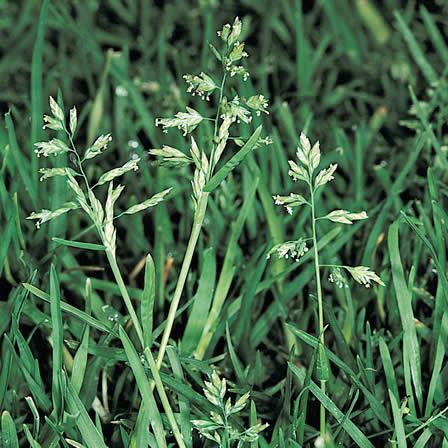
Poa grass is found explicitly in turfgrasses and lawns and after that, if we talk about the agronomic crops and horticultural crops, poa grass is present within those crops which are greater in height but from personal experience, I haven’t seen this annual weed in any crops except in lawns and grasses.
Phalaris minor (Dumbii sitti)
This weed is actually a tall grass type and has a spreading nature at a ground level that is wider than poa grass.
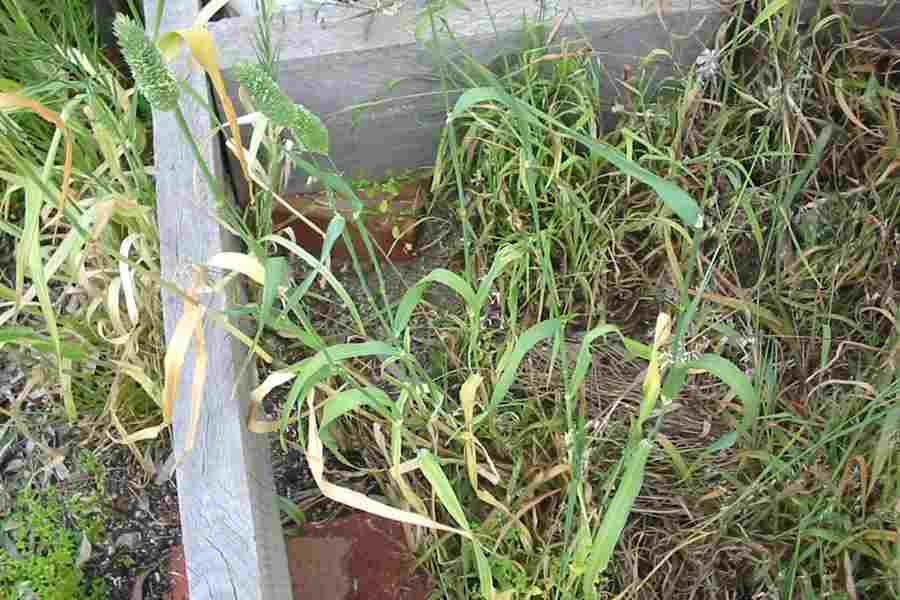
It is found in abundance with more availability of water in the field. As a personal experience, I have seen this annual weed near the water channel. It grows profusely with good vigor. Its physical control is actually very difficult and chemical control is recommended
Avena fatua (Jangli Jawi)

This type of grass has a spreading nature and growth in abundance near the water channels and it competes for water and food because of its exhaustive nature. if it prevails into a commercial crop just like phalaris minor, it grows for several years in the field. It can be easily differentiated between weed and actual plant and makes vulgar the beauty of crops
Chenopodium album (Bathu)

This annual weed is common in both agricultural wells and horticultural crops. As a personal experience, it grows at ground level with other weeds. Physically, uprooting this weed is harder because of the roots’ higher soil connection, and chemical spray is recommended.
Chenopodium murale (krund)
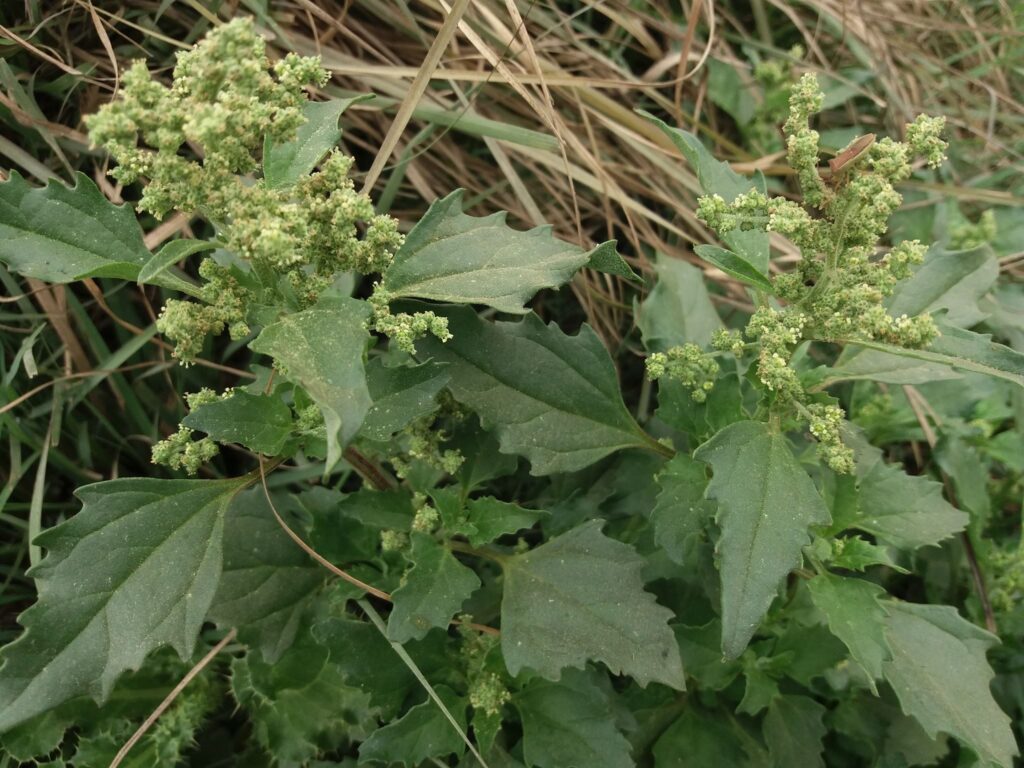
This annual weed is like a chenopodium album (Bathu) and hardly connected with soil present in abundance in orchards near the canopy area of fruit trees.
Fumaria indica (Shahtara)
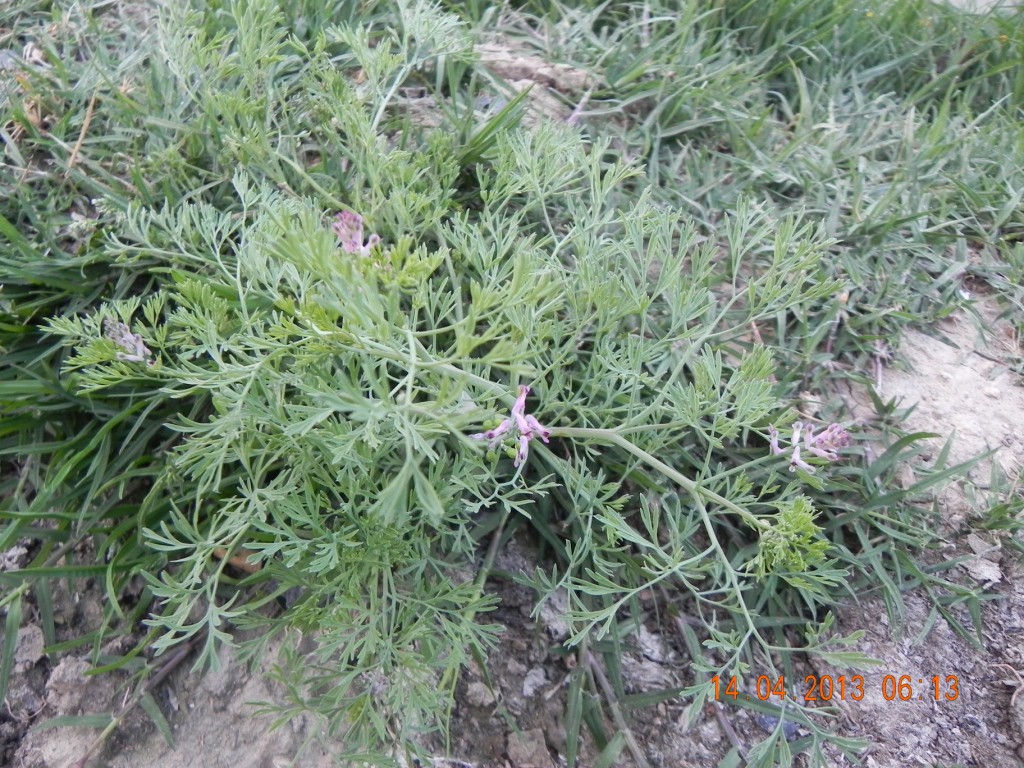
This annual weed could be useful for decoration purposes due to beautiful pink flowers but not in the field. In my opinion, this could be included in flowering beauty if seeds are available. Fumaria Indica is a very adaptive weed and it requires less amount of water and food.
Rumus acutus (Jangli Palak)
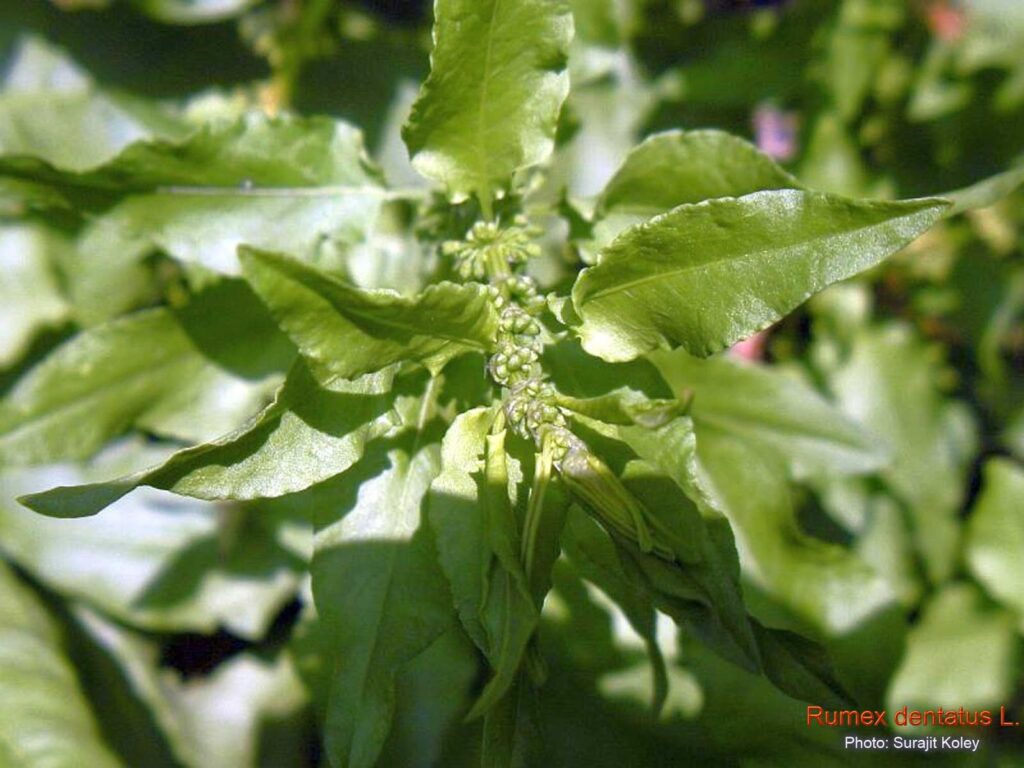
This weed looks similar to spinach and could be problematic if growing in leafy vegetables especially in the spinach field.
Asphodelus tenuifolius (Piazi)

This weed seems to look like a garlic and onion plant and it needs to be eradicated if it is growing in the field of onion. The basal portion of the stem of this weed has a white color. As a personal experience, I have seen this annual weed physically and it gives a pungent and bad odor when it is kept close to the nose.
Anagallis arvensis (Billi booti)
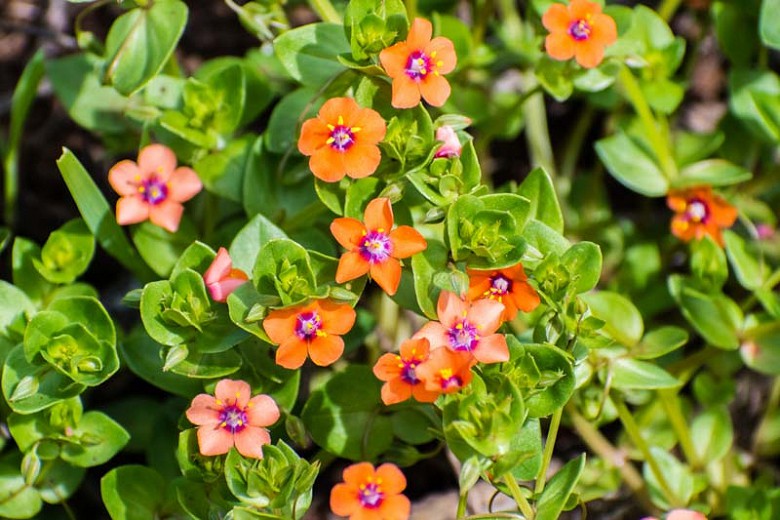
This annual weed looks like a miniature plant and its leaves resemble the ears of a cat. This weed has multiple colors and it is very adaptive in nature but chemical control is easy.
Convolvulus arvensis (Lehli)
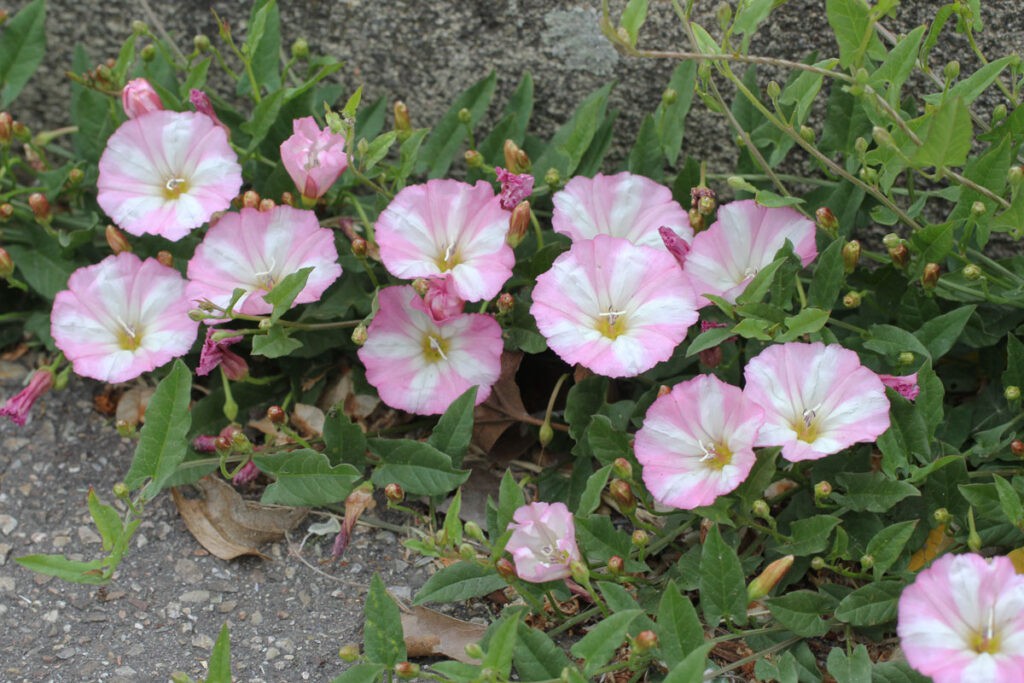
I would like to pronounce this annual weed as snakeweed (by the way the weed’s leaves seem to look like a snake ) because it did not get attention at a glance because of thin and medium green leaves with curly nature to cover the whole plant. In severe growth this weed is a disaster and cannot be easily gotten rid of with the hands and even though this weed is very persistent against the different herbicides.
Cornopus didymus (Jangli Halon)

This annual weed is very common in agronomic crops. As a personal experience, I have seen this weed in old traditional mango orchards at ground level near the canopy. This weed has a spreading nature and tractor hoeing should be applied to make these types of weeds as a part of green manure and mulch.
Summer annual weeds
.
Tribulus terrestris (Bhakra)

This weed seems to be just like Jangli halon with spreading nature. It creates patches in the lawn area and its height is smaller to medium. Profuse growth ground is covered with grasses and it has beautiful flowers. This annual weed is very adaptive in nature and survives almost everywhere regarding climate and season
Cyperus rotundus (Deela)
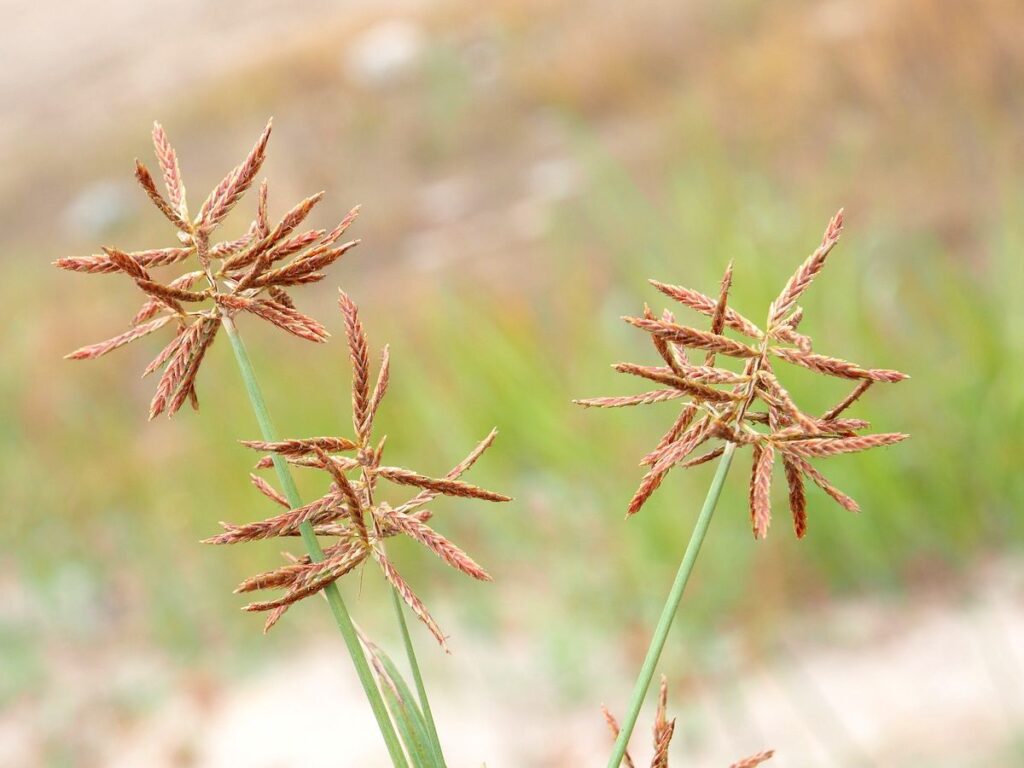
This grass type is very common and most persistent against multiple herbicides among the grasses. As a personal experience, this annual weed is very irritating and itchy due to slight spines like the structure of its flowers. There are multiple pesticide companies giving a special recommendation for controlling delay grass in the crops.
Euphorbia hirta (Dodhak)
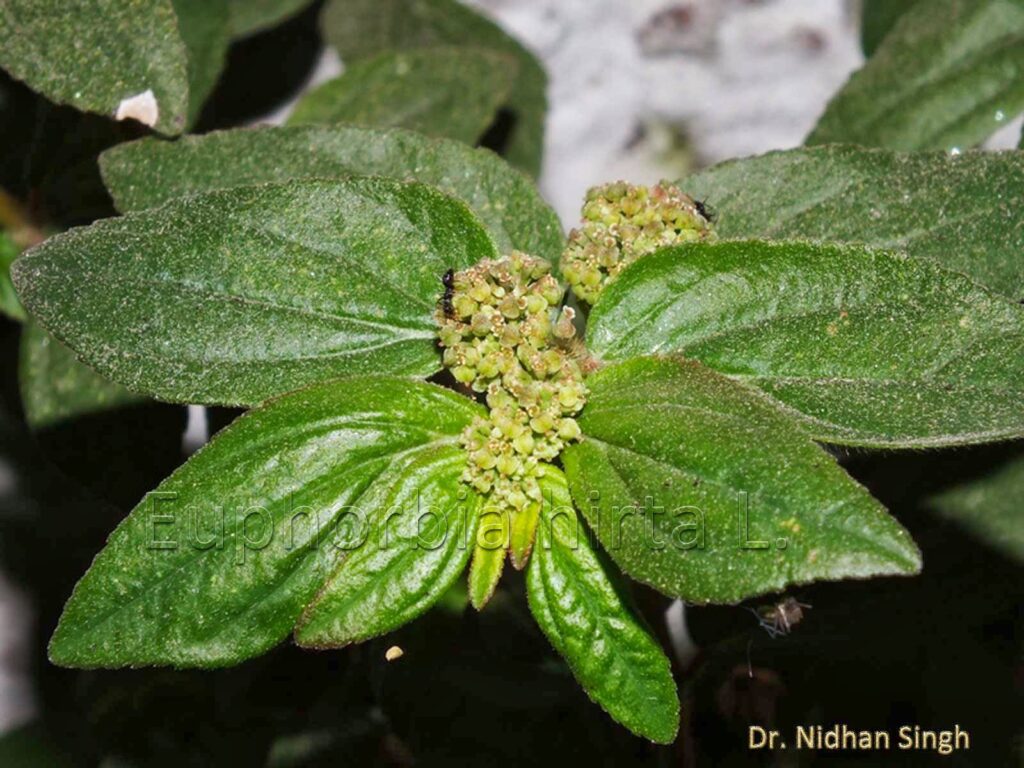
This weed is lower in height and spread at ground level. Generally, in Punjabi, it’s pronounced as a ‘Dodhak’ which means when we make a cross-section it secretes out white mossy material. As a personal experience, I have seen this annual weed more in agronomic crops.
Trianthema portulacastrum (It-Sit)
I call this annual weed a fatal plant because this weed spreads in the crops and covers each inch of the ground.
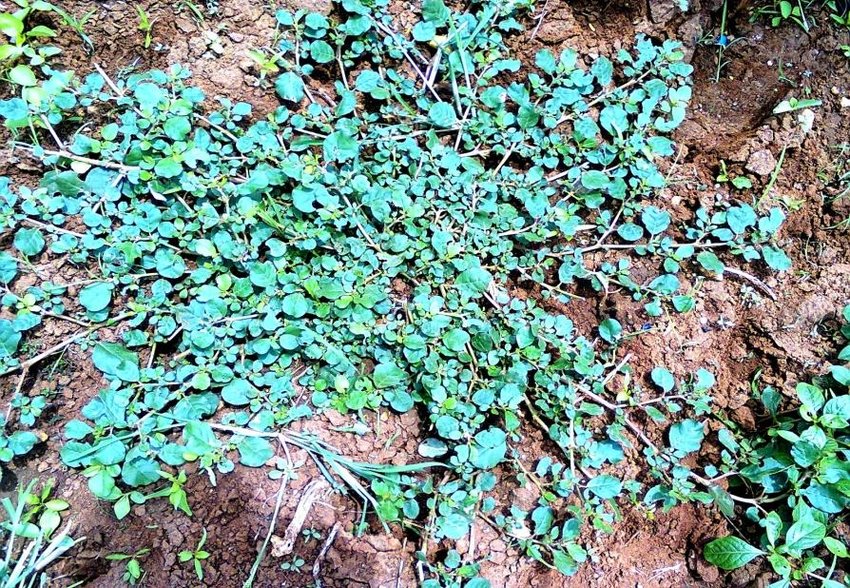
The uprooting of this weed is so hard and tedious but chemical control is recommended by experts. This weed is present in abundance in both agronomic and horticultural crops. Its spread seems just like a common grass and shoots are red in color and it creates a red network. It destroys the beauty of beautiful lawns and grasses.
Dactyloctenium aegyptium (Madhana Grass)

This is a popular grass annual weed that grows very well near the corners of water channels. Madhana grass is irritating and itchy just like deela grass. It is taller in height and more persistent after deela grass and loves to grow in the vicinity where water is present in abundance.
Heliotropium supinum (Oant Chara)

This annual weed resembles Euphorbia hirta ; it grows at a ground level and is present in both agronomic and horticultural crops. This weed has a spreading nature and reduces aesthetic gratification.
Euphorbia pilulifera (Hazardani)
This annual weed seems to look like Bathu with a red spongy flowering structure. Hoeing is a little hard task whereas chemical control is recommended.
Conclusions
- There are several types of weeds and classified with respect to different factors like plant height, seasons.
- There are natural ways to control multiple weeds but as an immediate effect farmers used chemical methods mostly.
- The Daab method is useful to control weeds.
- Crop rotation is a natural way to beat many different weeds.
- When things get messy then chemical control is used as a final call.